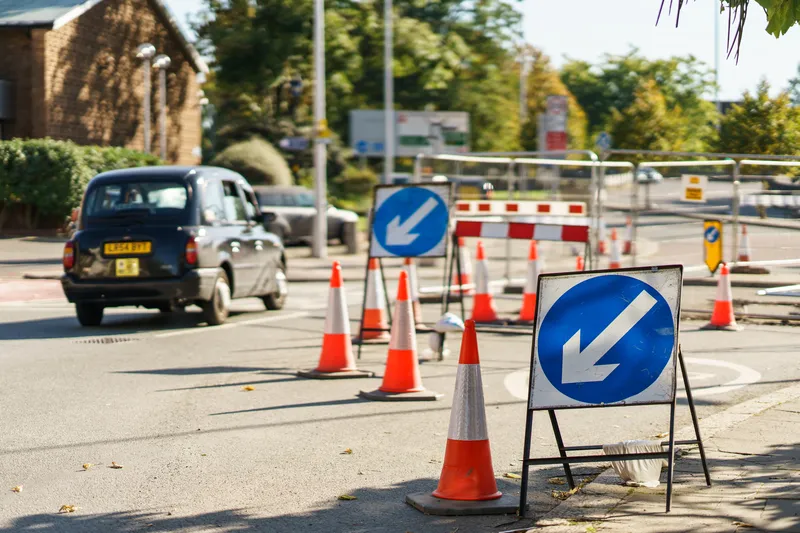
Kansas Department of Transportation (KDoT) and the Drive To Zero Coalition have finished the first year of their five-year Safety Corridor Pilot Program.
This aims to cut fatalities and serious injuries on four highway corridors - stretches of I-135, US 83/50, US 69 and US 24, with each spanning 10 to 35 miles of Kansas highway - by increasing the presence of state and local law enforcement.
“We know driver behaviour improves when motorists expect and see law enforcement,” said Transportation Safety Bureau chief Vanessa Spartan. “Law enforcement officers are dedicated to helping save lives on our highways, and their efforts on the safety corridors are making an impact.”
The safety corridors are clearly marked with yellow “Safety Corridor/Increased Enforcement” signage and between October 2023 and June this year, almost 2,600 contacts were made with the travelling public
These interactions ranged from warnings to citations - the most common of which was for speeding more than 10 mph over the speed limit.
Erik Smith, superintendent of the Kansas Highway Patrol, says: “An increased presence on and near the four designated safety corridors deters dangerous driving behaviours that cause an increased risk for crashes. Ensuring that every motorist makes it to their destination safely will continue to be a focus of law enforcement partners across Kansas.”
KDoT's enforcement, education messaging are planned to continue through 2028.









